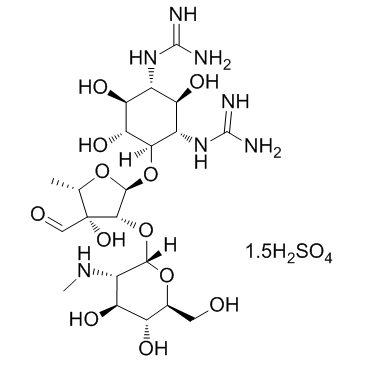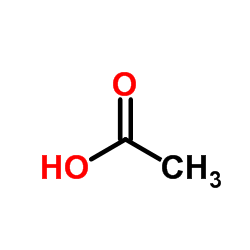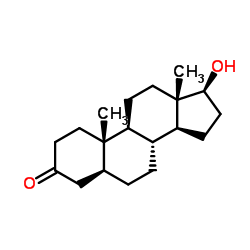| Structure | Name/CAS No. | Articles |
|---|---|---|
 |
1-(3-Dimethylaminopropyl)-3-ethylcarbodiimide hydrochloride
CAS:25952-53-8 |
|
 |
Sodium hydroxide
CAS:1310-73-2 |
|
 |
cadmium perchlorate hydrate
CAS:79490-00-9 |
|
 |
Rhodamine 6G
CAS:989-38-8 |
|
 |
3-Ethyl-2,4-pentanedione
CAS:1540-34-7 |
|
 |
dichloroethane
CAS:107-06-2 |
|
 |
Steptomycin sulfate
CAS:3810-74-0 |
|
 |
acetic acid
CAS:1173022-32-6 |
|
 |
acetic acid
CAS:64-19-7 |
|
 |
Stanolone
CAS:521-18-6 |